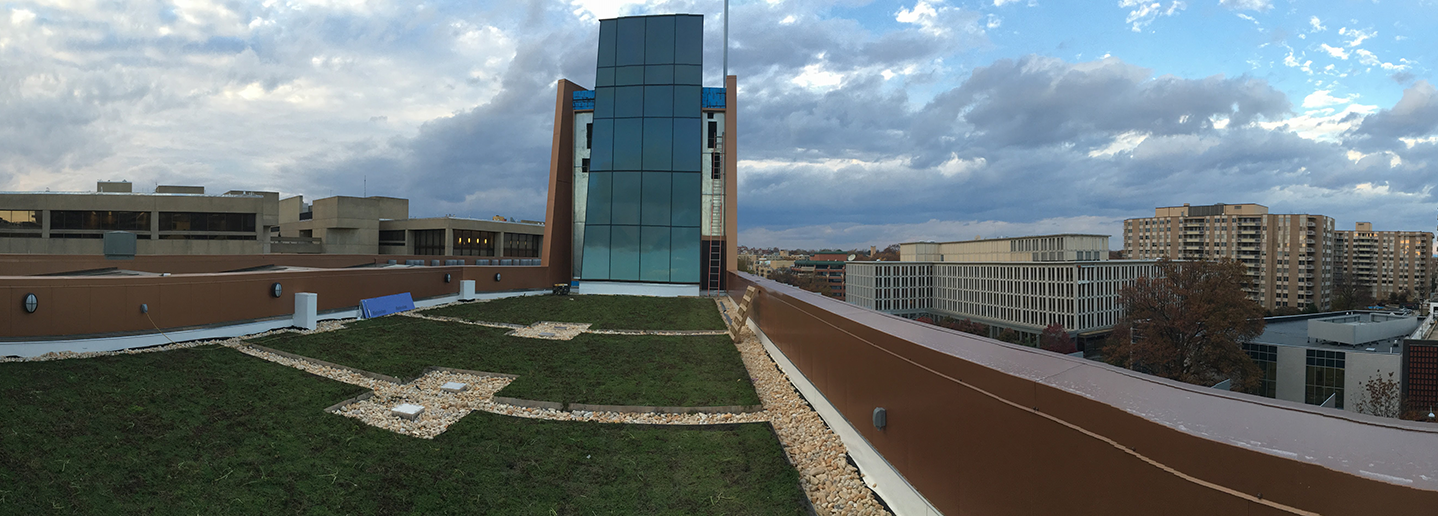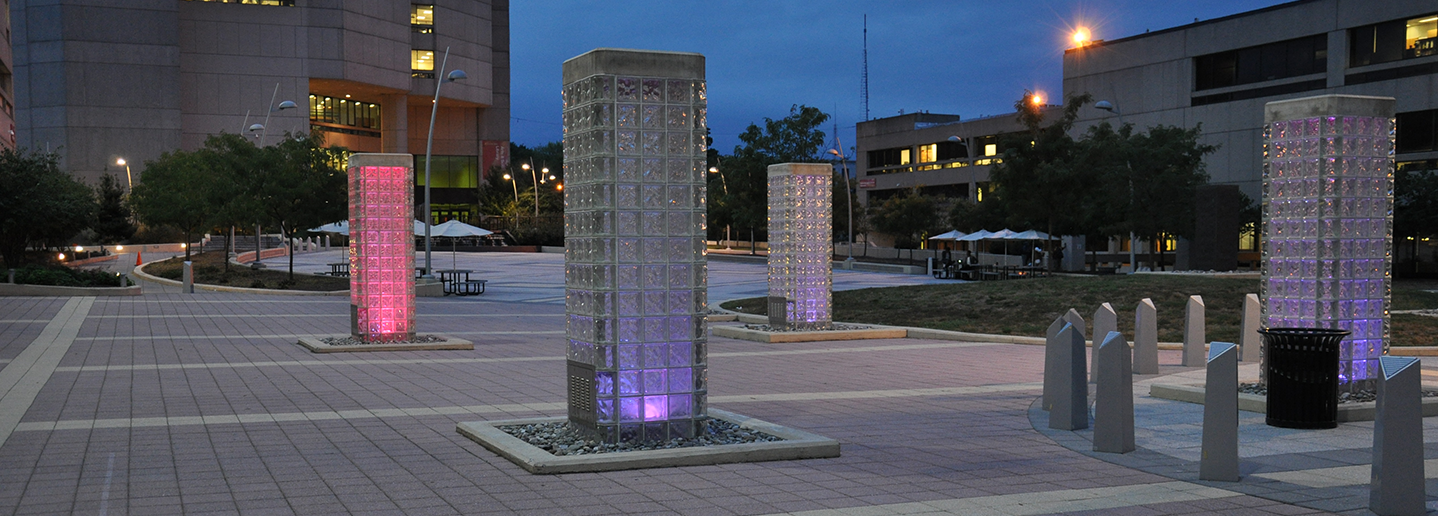Capital Construction Process
The capital construction process is used to construct buildings and for building renovations. Much of the process is formalized by District of Columbia statutes, while other parts are institutionalized at the campus and University level.
Getting Started
The first step in the capital construction process is discussing the project with, and gaining approval of, your Chair, Dean or Vice President. This constitutes the first of several steps in the project approval process. Capital Planning and Construction staff will then assist you in:
- Conceptualizing a viable project.
- Determining a location and project parameters.
- Determining the availability of funding.
Project Initiation and Feasibility
- Defines the basic scope and likely cost of the project.
- Informs the administration about the project.
- Secures campus administration approval to proceed with development of a program plan.
Outcome: Approval to prepare a program plan.
Program Planning
- Defines the programmatic requirements for the designer.
- Defines limits of work, including site and infrastructure requirements. Builds consensus as to scope, cost and time line of the project.
- Defines the financial plan and sources of funds.
Outcome: Campus agreement on scope of project and a funding plan identifying sources of revenue.
Approvals
- Secures Approval from the President and the Board of Trustees.
- Projects of $1 million or greater will require D.C. City Council approval.
- Incorporates the project into the larger capital financial planning of the University.
- Develops support for the project at the City government.
- Secures funding.
Outcome: Authorization to begin expending money on a capital construction project.
Architect Selection
- Selects the most-qualified architect and engineering firms to do the project.
- Encumbers money to begin the project.
- Contractors are selected for some delivery methods.
Outcome: A design team is contracted to design the entire project.
Concept and Schematic Design
- Confirms and enhances program plan requirements.
- Generates concept for final building.
- Provides room by room layout of spaces.
- Works with the requestor and/or the administration to secure approval of schematic plans.
Outcome: Schematic design is approved and project budget is confirmed.
Design Development
- Develops detailed room requirements.
- Integrates infrastructure systems into the building design.
- Provides pricing documents for contractor.
- Secures final design approval and other entitlements.
Outcome: Design Development is approved within the contract budget.
Construction Documents
- Translates the design intent into documents from which a builder can construct the project.
- Describes the quantity and quality of the materials to be provided by the contractor.
- Provides final estimates of the project prior to bidding.
Outcome: A complete set of plans and specifications is produced that describes the design fully.
Bidding & Negotiation
- Initiates procurement processes for all trades.
- Produces a final construction price.
- Contracts with builders to construct the project.
Outcome: Final contract for construction.
Construction
- Contractor constructs the project.
- Capital Construction Project Managers ensures that the building is built according to the drawings and specifications and meets building codes.
Outcome: The project is realized.
Occupancy and Warranty Period
- The building is occupied by the users for which it has been designed.
- The Project Manager monitors the project to identify and correct any construction defects.
Outcome: The building is accepted and available to move in. The warranty period typically continues for one year and the contractor is still responsible for any warranty items. The responsibility for maintaining and repairing the facility transfers to the UDC Facilities Management team.


